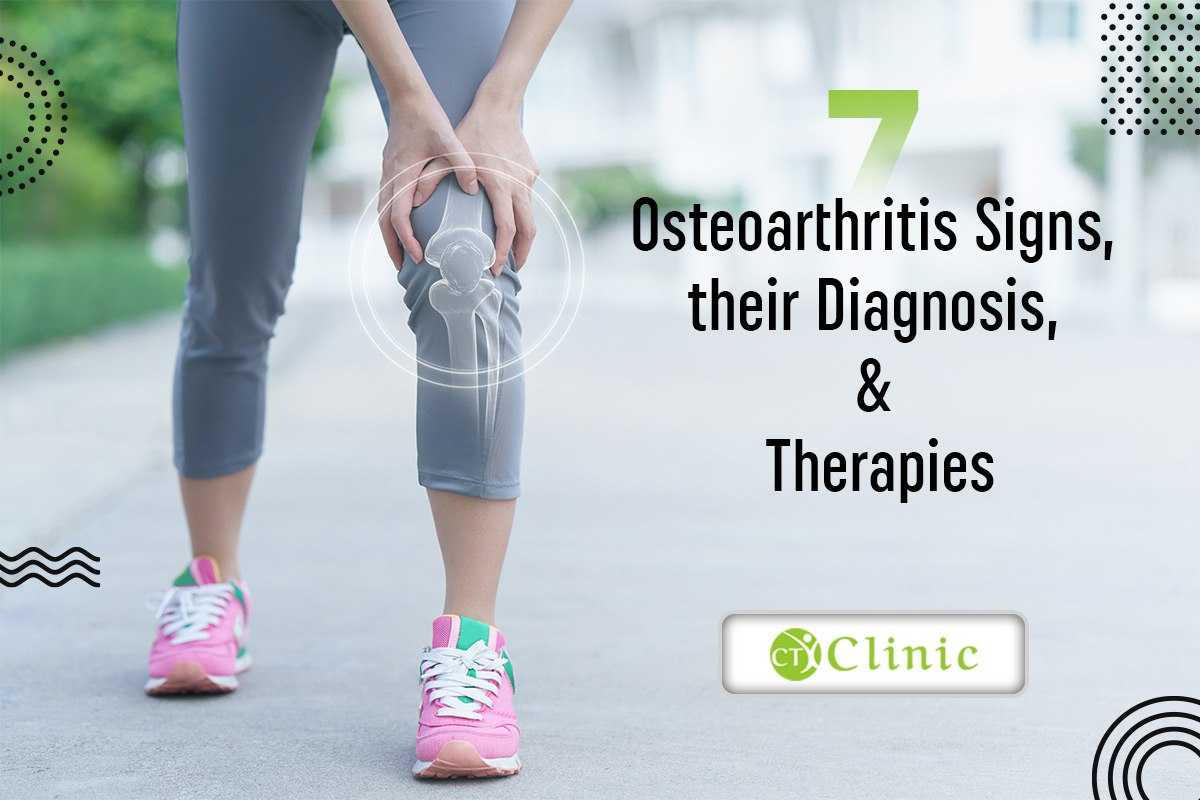7 Osteoarthritis Signs, Their Diagnosis, and Therapies
The most widespread type of arthritis is osteoarthritis. It affects a large number of individuals. Osteoarthritis may have an impact on any joint and it is most typically found in the hands, knees, hips, and back.
Although the damage to joints cannot be undone, the signs of osteoarthritis can typically be treated. Keeping fit, eating a nutritious diet, and getting some therapies may help reduce disease development. And also would enhance discomfort and musculoskeletal function. Therapies must be done under supervision of a physician or take Sale Manchester physiotherapy to make sure it’s convenient and safe.
7 SIGNS OF OSTEOARTHRITIS:
Osteoarthritis signs basically appear gradually and increase in severity. The following are some of the early warning signs of osteoarthritis:
1.Pain:
It is possible that the affected areas will hurt during or after motion.
2.Rigidity:
Joint rigidness may be more obvious when you first wake up or just after a period of inactivity.
3.Tenderness:
While you exert normal force to or near your joint, it may become tender.
4.Flexibility is being lost:
It’s possible that you won’t be capable of moving your joint completely across its flexion and extension.
5.Feeling discordant:
When you use the joint, you may notice a crackling sensation and you might aslo hear popping.
6.Spurs on the bones:
These excess fragments of bones might grow around the afflicted joint and feel like stiff lumps.
7.Bulging:
This could be due to inflammation of the soft tissues near the joint.
DIAGNOSIS:
During the tests, your doctor will look for soreness, edoema, inflammation, and rigidity in the afflicted joint. X-rays and MRIs may be recommended by your doctor to obtain images of the afflicted joint. They may also be subjected to laboratory tests. The diagnosis might be confirmed by examining your blood tests or joint fluid analysis.
Arthrocentesis is a procedure that is frequently conducted in a physician’s cabin. A needle is used to retrieve joint fluid for analysis during arthrocentesis. Another medical procedure is arthroscopy in which a doctor places a monitoring tube into the joint space to check for damage. Finally, the doctor can diagnose osteoarthritis. By examining the position, length, and nature of joint problems, as well as the condition of the joints.
THERAPIES:
-
Strengthening exercise therapy:
This is a type of treatment that involves the use of a physical instructor. Who can demonstrate exercises to strengthen the muscles surrounding your joints, promote flexibility, and reduce pain. Regular mild exercise, walking, and cycling might also be helpful.
-
Physiotherapy:
Hale Manchester physiotherapy treatment assists in ease of pain and is used to treat various ailments. A physiotherapist would provide you with the necessary treatment and massages. They might also assist you in figuring out how to perform regular tasks without aggravating your existing painful joints.
Physiotherapies would help you whether you’re a player, you have osteoarthritis or any other problem.
-
Transcutaneous electrical nerve stimulation (TENS):
TENS is a pain-relieving technique that employs minimal electrical impulses. Some patients with knee and back osteoarthritis find it helpful in the short term.
On our website, you may learn more about the benefits of massages and other pain-relieving therapies. Make your first appointment with our Sale Manchester & Altrincham Manchester Chiropractor. Begin your treatment with the best, call us now at (+44) 0161 4597 034.

